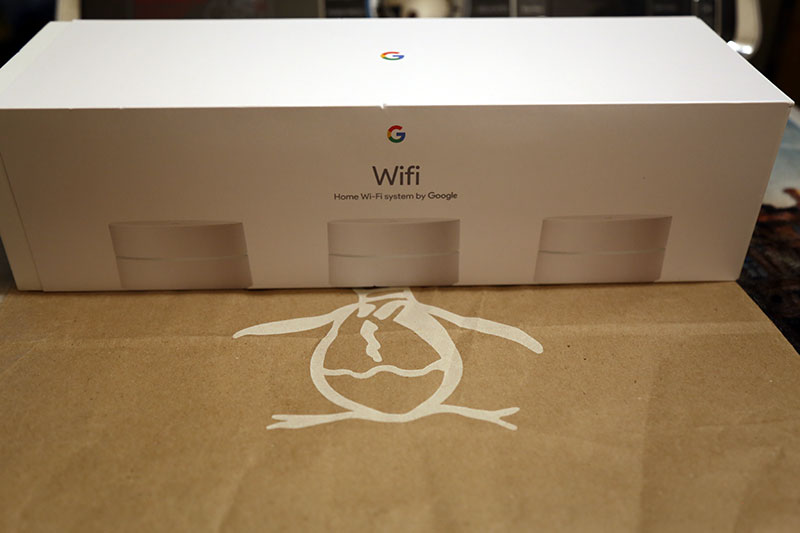For many weeks, I have been experiencing intermittent internet connections on my devices at home. At first, it was an issue with Time Warner and Spectrum merging. Then I started to notice it was only affecting my wireless devices. I would run a speed test and the numbers were a bit low. Initially, I thought it could be the wifi antenna on the device. I ran a speed test on my iPhone 7 Plus and got the following speeds.

You may think that it isn’t bad. I actually ran this test when most of everyone is asleep or not online. But on “normal” hours, the speed would float around 30Mb/s to 50Mb/s. I then ran a test on my desktop, which is connect to the LAN over gigabit and got this result.

My desktop speed is more up to par with the service I’m paying for, which is 200Mb/s download and 20Mb/s upload. The numbers don’t add up. I thought maybe the iPhone 7 Plus wifi antenna had reached it’s highest speed. I checked the technical details and it said the phone can support up to 802.11AC with 2×2 antenna. According to Wikipedia, I should be able to reach around 867Mb/s. Now my internet doesn’t go that fast but I should be able to reach similar speeds as my desktop.
I then checked my Google Pixel phone thinking maybe my iPhone wifi antenna is broken and got the following result.
![]()
Slower than the iPhone speed but it’s consistent with the another wireless device not getting the speed as it should. According the the specs, the Pixel uses 802.11AC 2×2 just like the iPhone 7 Plus.
I started to realize that I may have saturated the wifi signals at the house. I logged in to my router and found out that I was close to 30 wireless devices on the network. I was surprised but not really. My current router, Asus RT-N66U uses 802.11N (N900). Ideally, the N900 should be able to provide up to 450Mb/s on each frequency (2.4GHz and 5 GHz). But the more devices access the network, the slower it gets. I believe it was time for an upgrade. I got the router back in 2013 and has served me well. This would also give me an opportunity to fix some wifi dead spots in the house. I’ve been looking for a mesh network solution.
I narrowed it down between Google Wifi and Netgear Orbi. I chose Google Wifi over the Orbi for the price. I picked up a 3 pack to solve my dead wifi spots in the house.

The set up was easy. Download the app on your phone and set it up. Our house, I believe is around 2000 sq/ft. Two would have done the job but I used all three.

One of the coolest things about this device is I don’t have to be at home to run tests. Here are some tests I ran while I was away from home.

My internet speeds are what they’re supposed to be.

I can even test the quality of the mesh network. Master bedroom and family room are #2 and #3 of the network. The family room is connected via gigabit LAN. The master bedroom is connected via wifi. So you can connect the mesh network together by using either LAN or wifi. If possible, use LAN to increase the bandwidth availability but it is not required.
After configuring the network, I ran another test on my iPhone.

As you can see, there’s a big difference. I now get the full speed of what my ISP is providing me. By having many wireless devices on the network, it can slow things down. Check how many wireless devices you have. If you are still using a router that is not on 802.11AC, consider upgrading.
Now, if you are above average user and want to configure your router, Google Wifi will not let you customize the following things.
- IP schema: You are locked on 192.168.86.#
- Port forwarding cannot be assigned by using an IP address. The devices are listed with the IP address and MAC address. You must select off the list.
- Port forwarding requires a static IP that must be assigned on the router. It cannot be set on the device itself.
- IPV6
There are a couple of other things but those are what stood out that I had to get used to. Now the router is supposed to make configuration easy, and it does but at the cost of not allowing more advanced users the ability to make custom configuration. Hopefully, they will add these in a future patch or firmware.

Leave a Reply